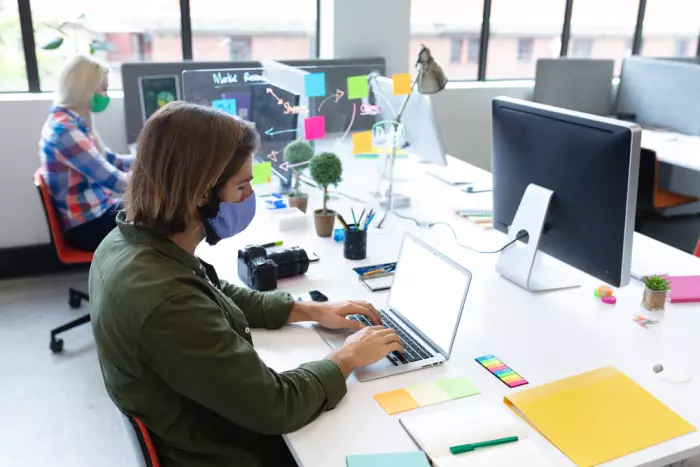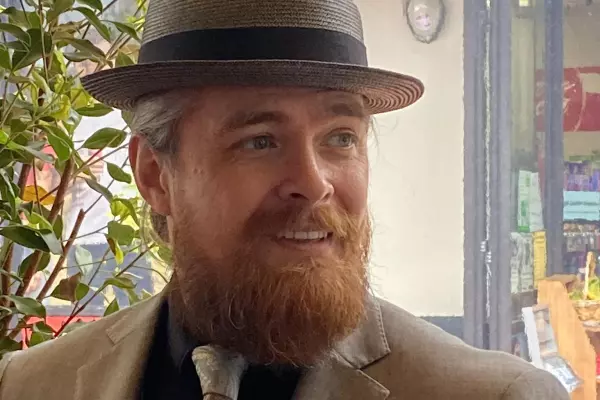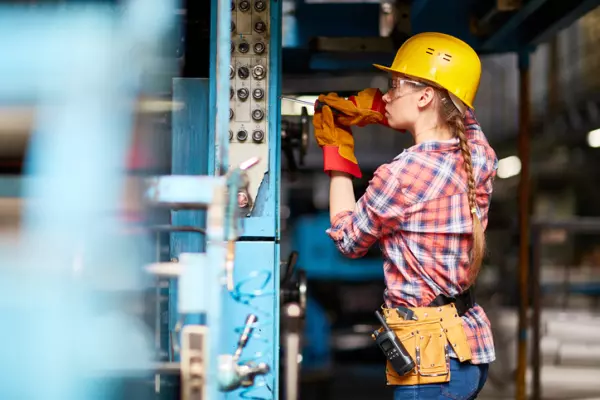Greater management of health risks at work will be one of the key long-term impacts of covid if we are to return to any semblance of normality once the crisis is over. That’s an inevitable strategy as we move on from the urgent and very justified response to the pandemic here and around the world.
Recent reports suggest we need to think about the impact of the virus lasting for years. Eventually, though, we will either exit the covid-19 era or learn to live with the threat. But whatever the future holds, we’re sure to have other public-health concerns that will spill over into the workplace.
In health and safety circles we know there is a growing need for expertise specifically in managing health risks. Professionals and practitioners are increasingly being asked for advice on how organisations can return to work safely and efficiently.
This is happening because companies need to look after their people so they feel comfortable about being at work. Firms need also to be confident in managing these health risks, just as they already deal with everyday safety risks. But, ultimately, the driving force for this strategy is commercial: an unhealthy workplace will affect operations, productivity and profit.
Critical for every organisation will be following the hierarchy of controls for health and safety, and making sure everyone involved understands what this entails.
This is where eating pies becomes important.
There is an acronym that guides risk-management decisions, based on the Health and Safety at Work Act hierarchy of controls. This is expressed by the phrase “Every Smoko I Eat A Pie”, the first letter of each word indicating the action needed.
The first is “E”, for Elimination of risk, which is also the most expensive and disruptive. Elimination can be a short-term strategy while we work out how to live with the risk, which, of course, is our current experience in New Zealand with the Delta outbreak.
“S” is next. It stands for Substitution. An example of this is having flexibility in the workplace so if one person can’t perform a task, another can step in. It's also about changing how we do things. Click-and-collect, for example, could actually be a much more efficient and safer way for many of us to shop, longer term.
The next letter is “I” for Isolate: for instance, keeping any risk away from other team members with barriers and distance (both in time and space).
Then there’s “E” for Engineering, including air-quality management. This strategy isn't a quick fix, but indoor air quality is a big issue for spreading infection, the build-up of contaminants and mould, sick buildings and other problems. Increasing air-circulation rates, heat-exchange systems to warm incoming air, and having the right kind of filters (and cleaning them!) will create healthier and more pleasant indoor environments. The Victorians may have had it right with their big open windows and high ceilings but these wouldn’t be too popular now, especially in winter.
“A” is for Administration that gives us options such as managing who really needs to be in the workplace and where, training, procedures and systems of work.
Finally, “P” is for the now-ubiquitous PPE, the last line of defence. This strategy may seem easy to implement, but ensuring compliance can be difficult because the personal protection equipment can be uncomfortable and generates a lot of waste.
So, what does all this mean from an immediate practical point of view?
A thorough risk assessment should be the first step for any organisation and this can be as simple as sitting around the lunch table, or over Zoom, and having a team discussion. However, whether you are an SME or a large corporate, there are some key questions to ask, including: What are the risks? What can we put in place to manage them? What processes do we need to assess this regularly?
This discussion must be a high priority for everyone in an organisation. Expectations should be set, communicated and understood. There also needs to be appreciation of the need for flexibility, because what works one week may not work the next. Health and safety experts and representatives, either internal (in a large organisation) or external, should be involved in the discussions right from the start and at every step to assess whether plans and processes are fit for purpose.
In the coming months and years, we’ll need to think more about health risks and ways to manage them, including using this hierarchy of controls. It’s this that will need professional assessment, implementation and monitoring.
Overall, we need to talk more, be open, and be prepared to have hard conversations if necessary. Managing health risks cannot be confined to a ticking-the-box process, and we’ll need to use a mix of traditional and innovative solutions to protect us all. This will require a conversation at every management and team meeting, with workers and at board level.
Taking some steps now, having a smoko and eating some pies, is worth doing well in advance.
Robyn Bennett is president of the New Zealand Institute of Safety Management.











